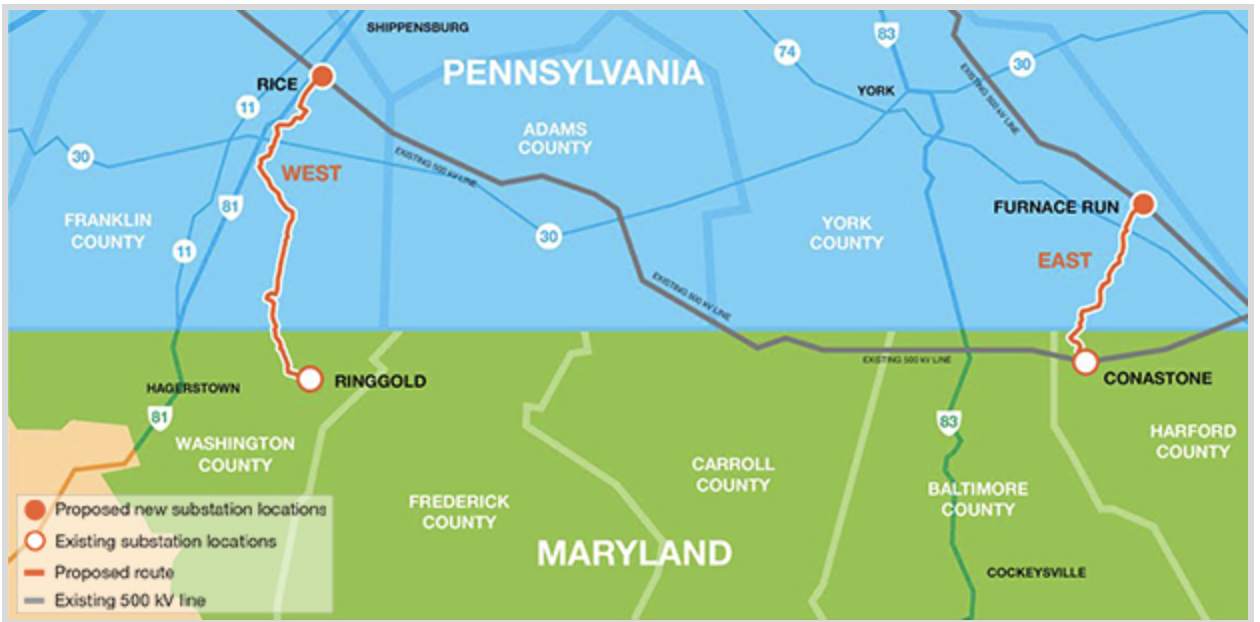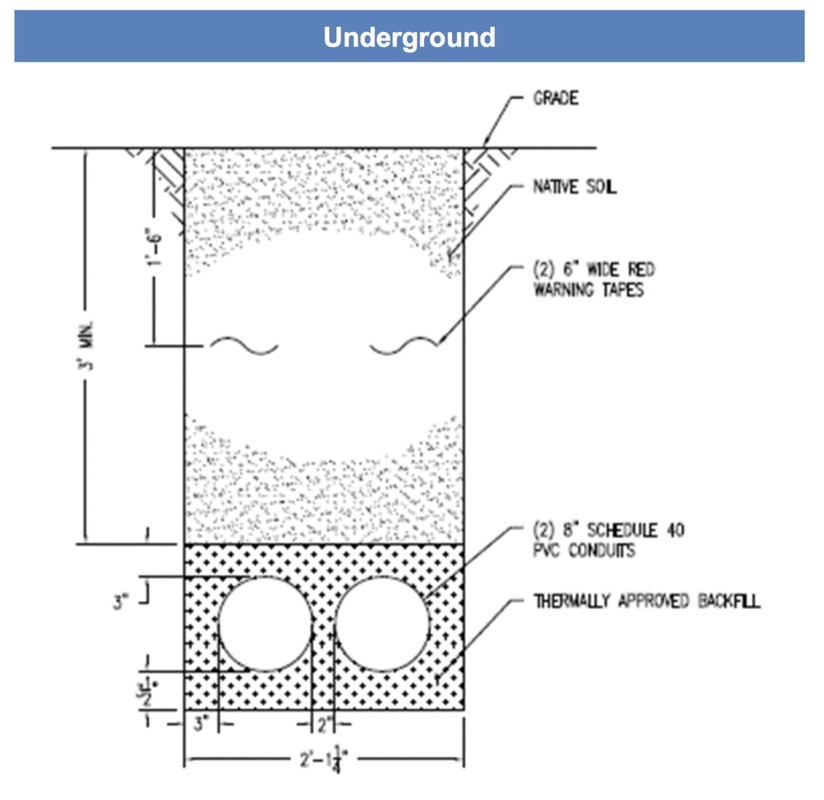Faced with near certain failure, PJM is trying to reposition the IEC as a reliability project. Their contention is that unless the project is built, there would be serious reliability issues.
This is a desperate assertion made by an organization that has no credibility remaining. PJM put this project forward as an “efficiency project” knowing that it would cause a significant increase in rates in Pennsylvania and surrounding states. PJM turned a blind eye to using two newly constructed high voltage lines owned by other utilities that parallel the IEC-East that stand half empty, and when asked, said it wasn't their job to ensure their usage. PJM allowed Transource to announce their new cost estimates one month after PJM announced their recalculated benefits for the project, in effect giving Transource the ability to provide the “right” answer and save the project from cancellation. PJM selected Transource's proposed project, even though it was by far the most expensive bid, and included no cost cap.
Why would anyone believe PJM's assertion that this project was suddenly all about reliability? The load forecast for the target market is flat, and every year the forecast is decreased.[3] New high voltage lines in York and Harford County have been constructed and are operating at less than 50% capacity. Recent and pending upgrades to move power across the grid in Maryland have drastically cut electrical congestion. The project is simply not needed.
Regulators in both Pennsylvania and Maryland have spent millions analyzing this project for purposes of market efficiency, analysis that is completely useless in the context of reliability. Transource has already spent upwards of $50M that will all be reimbursable to them, even if the project is canceled. PJM has wasted too much taxpayer money already.
This project is dead, and it is time that PJM admits it and moves on... before people begin to question why PJM is needed at all?
[1] http://www.puc.state.pa.us/pcdocs/1548138.pdf page 7,8
[2] http://stoptransourcemd.org/wp-content/uploads/2018/09/OCA-Direct-Testimony-of-Scott-Rubin-Statement-1.pdf page 38.
[3] https://www.pjm.com/-/media/library/reports-notices/state-specific-reports/2016/2016-maryland-and-dc-state-reports.ashx?la=en page 25-27


 RSS Feed
RSS Feed